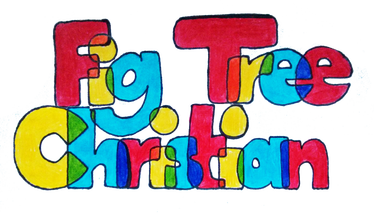|
1 And Jesus went to the Mount of Olives. 2 Early in the morning he returned to the temple. All the people gathered around him, and he sat down and taught them. 3 The legal experts and Pharisees brought a woman caught in adultery. Placing her in the center of the group, 4 they said to Jesus, “Teacher, this woman was caught in the act of committing adultery. 5 In the Law, Moses commanded us to stone women like this. What do you say?” 6 They said this to test him, because they wanted a reason to bring an accusation against him. Jesus bent down and wrote on the ground with his finger. 7 They continued to question him, so he stood up and replied, “Whoever hasn’t sinned should throw the first stone.” 8 Bending down again, he wrote on the ground. 9 Those who heard him went away, one by one, beginning with the elders. Finally, only Jesus and the woman were left in the middle of the crowd. 10 Jesus stood up and said to her, “Woman, where are they? Is there no one to condemn you?” 11 She said, “No one, sir.” Jesus said, “Neither do I condemn you. Go, and from now on, don’t sin anymore.” John 8:1-11 CEB -Rev. Melissa Fain- It's a story that retells itself over and over again. Sometimes it within a small group, and the consequence is a specific person is ostracized. Sometimes a whole people are chosen, and an entire nation sends them to their deaths. It is the cost of our communal sin. Let me simplify. We become so disconnected as a community we reconnect with the worst thing possible: A scapegoat. It is easier to choose someone to hate, than it is to discover how our enemy might actually be a friend. The Israelites literally did this with a goat. They prepared two goats. One goat was sacrificed to the Lord. The other symbolically had all the sin of the people placed upon it, and released into the wilderness for Azazel. This didn't start as a specific name for Devil. It started as a word, which hear means "to completely remove." That was what scapegoating was. It simply removed the sin of the people. Now, scapegoat means a person or animal which takes on the sins of others, or is unfairly blamed for problems. What does this have to do with "casting the first stone?" Everything. History repeats itself. When a community first forms, we are drawn together by the simple excitement of the newness. People come for the purpose, and that pulls them to one another. Then something inevitably happens. We begin defining the new group. At first this just creates sects within the group where two people have conflicting views. These views put them in different groups within the larger group, but they are still part of the larger group. Inevitably these sects become more important than the larger group. That's when we begin to separate, no longer knowing people who don't share our specific ideology. This is how America was right before the World Wars. It was only after the soldiers came home, really wanting to reconnect, that we began piecing our society back together. That disconnect is how we are today. It was how the world was during Jesus' time. There comes a point where a group or society needs glue. Sometimes a leader can step up, someone who can see both sides. This person can bridge the divide between this sects. More often times than not, we find our glue in putting our differences on a scapegoat. Then we do that again and again until we realize how horrific our actions are. We don't know what Jesus wrote in the sand. We do know this woman was guilty. Even though Jesus would ultimately and freely become the biggest scapegoat of them all, on this day he was the glue to keep someone else from the same fate. Here's the question I want to leave you with: Are we about to sacrifice our scapegoat(s), or are we looking for someone who will glue us back together? We will be at The Daily Grind this Sunday at 2pm for our livecast! We would love to see you. If you can't be there in person, show up online on our Facebook page.
|
Categories
All
Archives
October 2023
|




 RSS Feed
RSS Feed